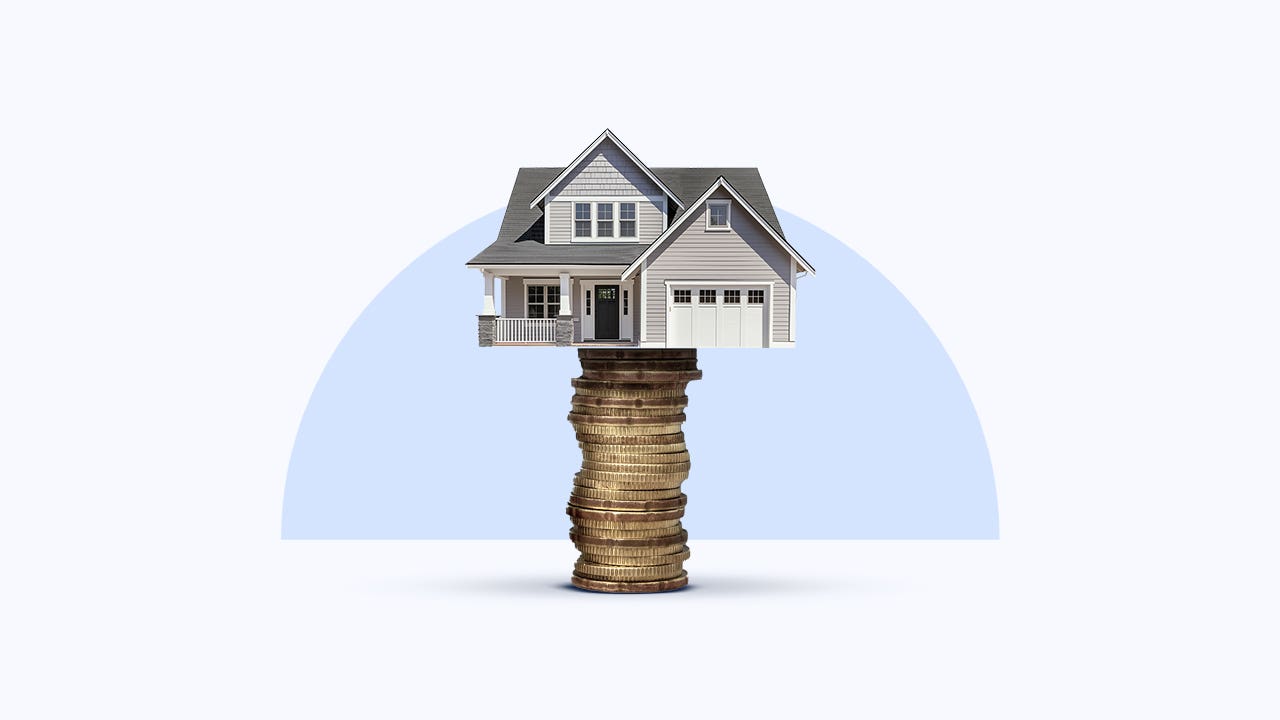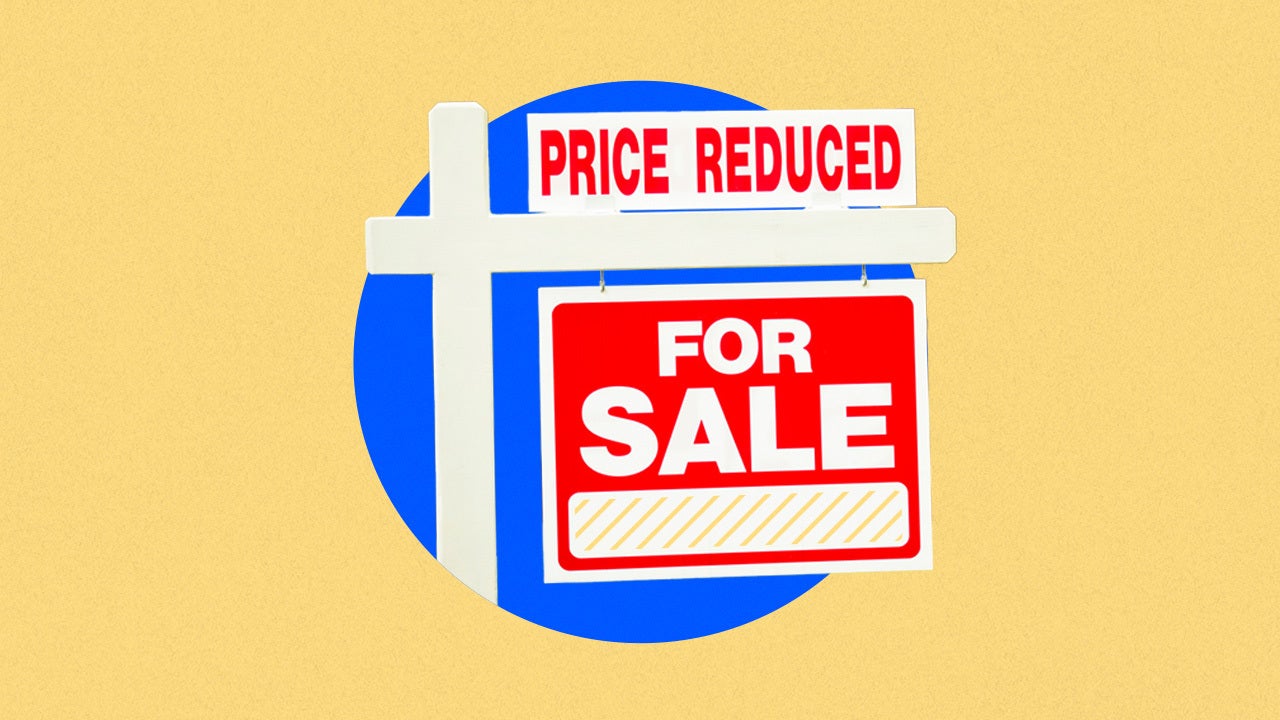Case-Shiller Index: Boom is over, ‘healthier’ market is here

U.S. home prices just keep setting new records, although the pace of growth has been slowing. S&P CoreLogic’s latest Case-Shiller U.S. National Home Price NSA Index, released June 24, shows annual home-price growth increased in April by 2.7 percent. That’s down from March’s 3.4 percent, and it continues a trend in recent months of a gradual cooling of appreciation.
Case-Shiller Index shows prices still rising, but more slowly
In addition to the 2.7 percent overall increase, April home values also increased annually by other measures. Case-Shiller’s 10-city index was up 4.1 percent for the year, and the 20-city index rose 3.4 percent from a year ago. After seasonal adjustment, all three readings — national, 10-city and 20-city — decreased slightly.
We’re witnessing a housing market in transition.
— Nicholas Godec S&P Dow Jones Indices
“The housing market continued its gradual deceleration in April, with annual price gains slowing to their most modest pace in nearly two years,” said Nicholas Godec of S&P Dow Jones Indices in a statement. “We’re witnessing a housing market in transition. The era of broad-based, rapid price appreciation appears over, replaced by a more selective environment where local fundamentals matter more than national trends. For investors and policymakers alike, this shift toward geographic divergence and moderate growth may actually represent a healthier, more sustainable trajectory than the unsustainable boom we experienced just a few years ago.”
Regional fluctuation continues
Cities scattered across the East, West and Midwest all earned top spots in price growth for April. New York City, a laggard during the pandemic, remained at the head of the pack with an annual gain of 7.95 percent. After New York, the metro areas with biggest increases were:
- Chicago (6.02 percent)
- Detroit (5.50 percent)
- Cleveland (5.18 percent)
- Washington, D.C. (4.29 percent)
- Las Vegas (4.13 percent)
One major metro area continues to decline: Prices fell in 2.15 percent in Tampa, continuing a monthslong slide downward.
Historically, the picture has looked different. For 20 years — January 2005 through January 2025 — Seattle had the highest appreciation at 175 percent. Other strong performers included Dallas (up 152 percent in two decades) and Charlotte (up 145 percent).
Nationally, appreciation was 102 percent. Meanwhile, cumulative inflation was 66 percent over that timeframe.
The bottom five included Chicago (41 percent appreciation over two decades), Las Vegas (45 percent) and Minneapolis (48 percent).
The Fed and the housing market
In September 2024 the Federal Reserve announced its first interest-rate cut in years, and two more followed by the time the year was done. But before that, its aggressive moves to combat inflation — with 10 consecutive rate hikes over 2022 and 2023 — put upward pressure on mortgage rates, even as inflation declined. While the Fed doesn’t directly set mortgage rates, the mortgage market’s interpretations of the central bank’s moves influence how much you pay for your home loan.
The long period of low mortgage rates following the Great Recession came to an end in 2022. In June 2022, rates topped 6 percent for the first time since 2008. The upward trend continued through October 2023, when rates hit a 23-year high of 8 percent.
Higher rates also exacerbate the housing shortage, stopping many homeowners from selling when they otherwise might — and thus keeping those homes off the market and out of the supply of available housing.
The remarkable rise in mortgage rates is acting as a kind of golden handcuffs.— Mark Hamrick, Bankrate Senior Economic Analyst
“The remarkable rise in mortgage rates is acting as a kind of golden handcuffs,” says Mark Hamrick, Bankrate’s senior economic analyst. Higher rates are “limiting the desire and some of the ability of people to move out of the homes they currently own. That further pressures housing inventory, adding insult to supply injury.”
While that effect may ease up as the market adjusts and mortgage rates inch downward, for now rates remain elevated: As of June 18, 2025, Bankrate’s weekly lender survey puts the average 30-year mortgage rate at 6.86 percent.
What the Case-Shiller Index means for homebuyers and sellers
Affordability remains a hurdle, especially for first-time buyers, and price appreciation might be reaching its logical peak. “Home prices are increasingly untenable to potential homebuyers,” said Skylar Olsen, chief economist at Zillow. “Waning consumer confidence, heightened insecurity over economic uncertainties and the future of household budgets are impacting the consumer housing market.”
However, that doesn’t mean buyers can expect major bargains anytime soon. “Those who are very motivated to purchase a home should be prepared for the sticker shock associated with the increased expense of financing the purchase,” Hamrick says. “Part of the flexibility that may be required includes seeking a possible downgrade of footprint or quality of home, along with the neighborhood, in order to achieve an affordable purchase.”
Why we ask for feedback Your feedback helps us improve our content and services. It takes less than a minute to complete.
Your responses are anonymous and will only be used for improving our website.






